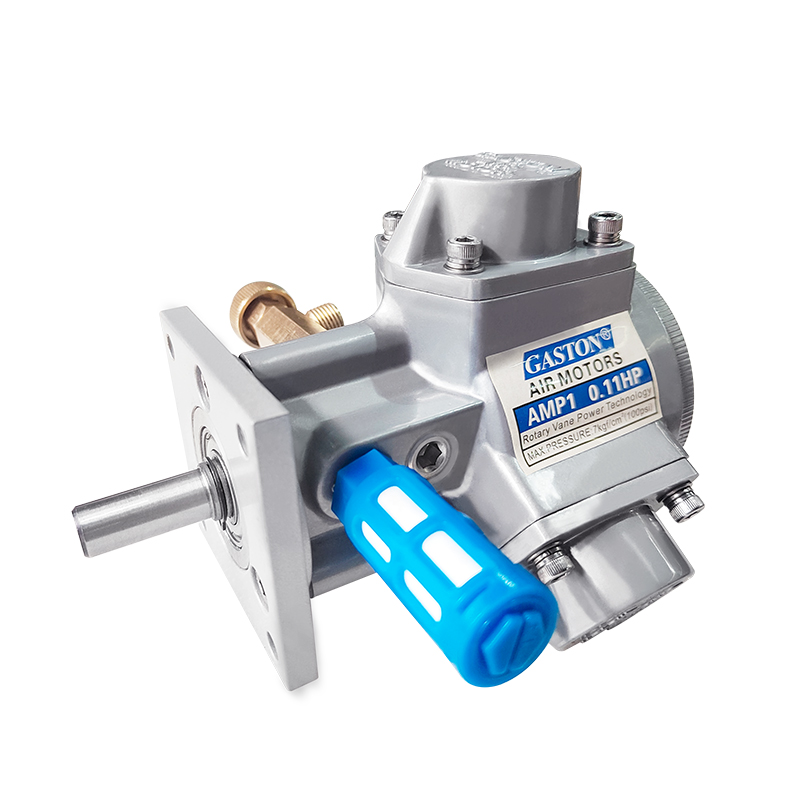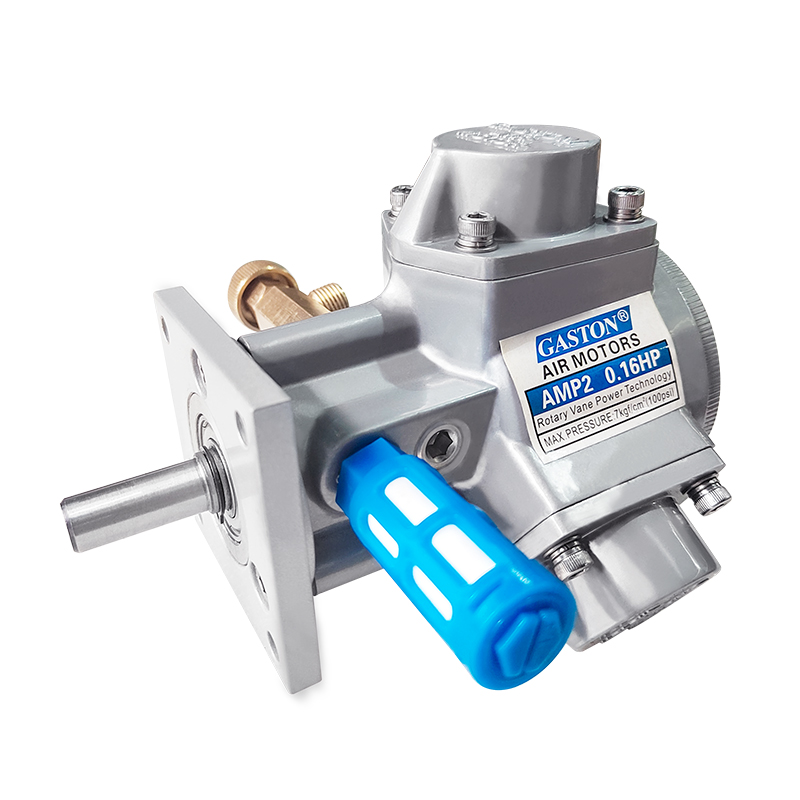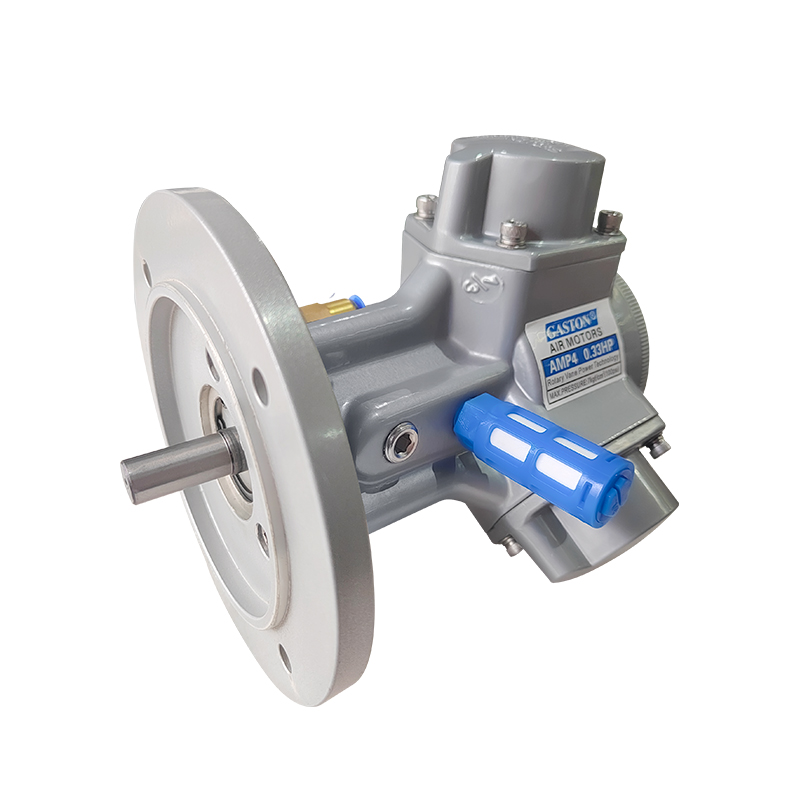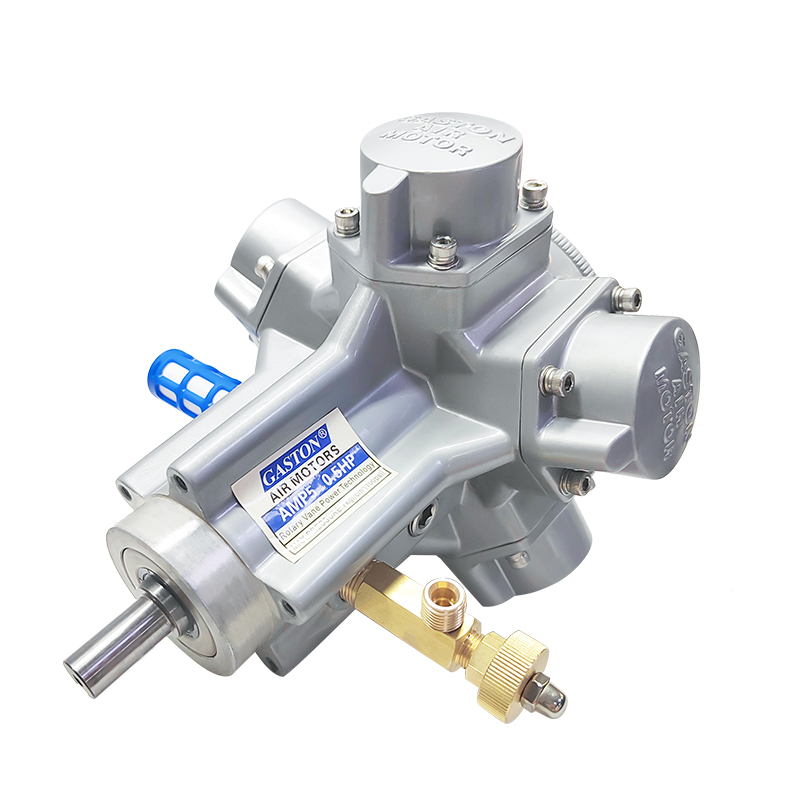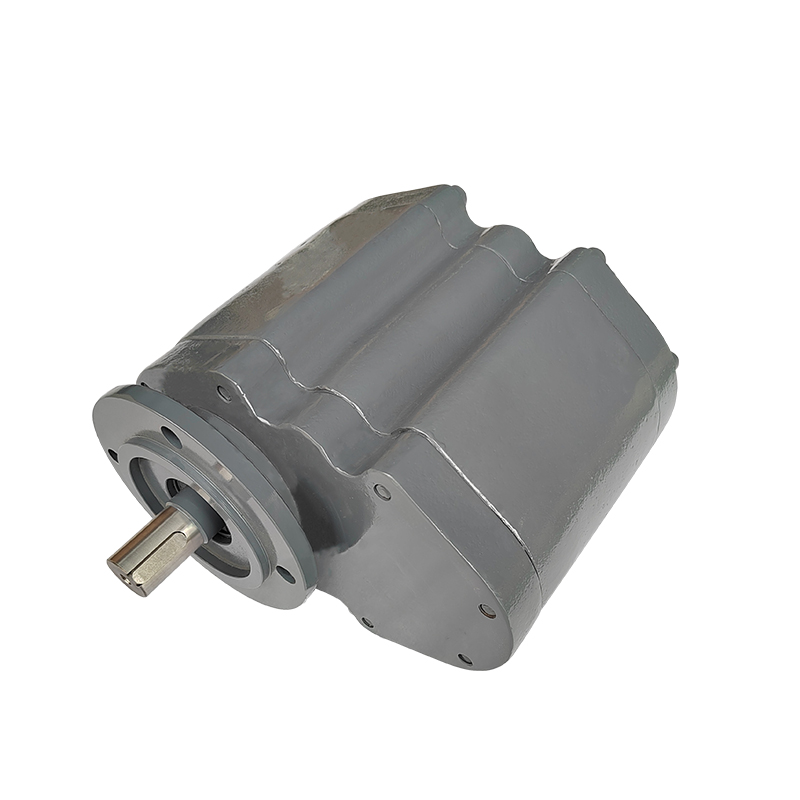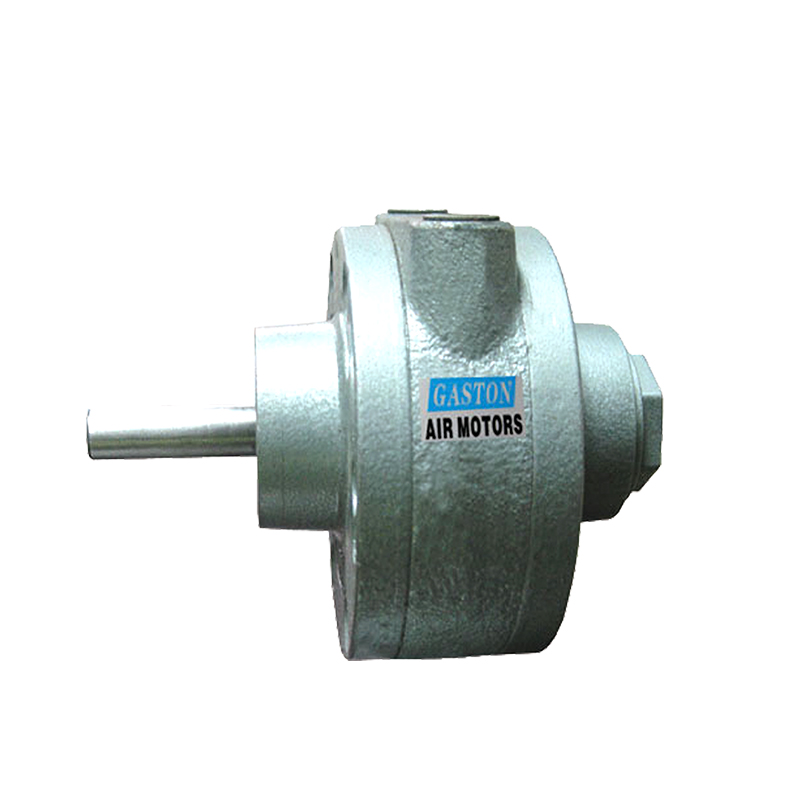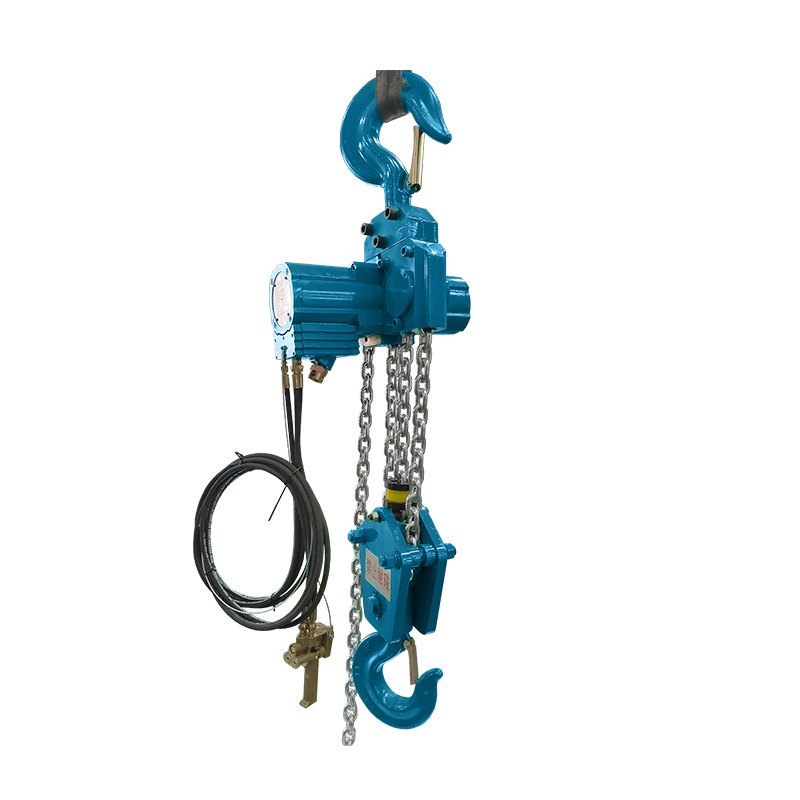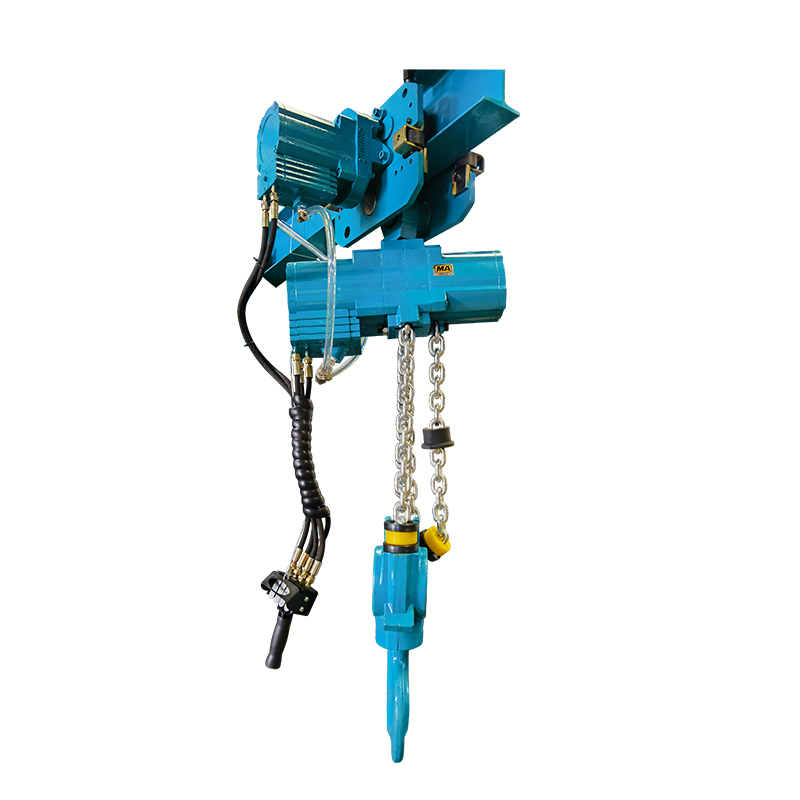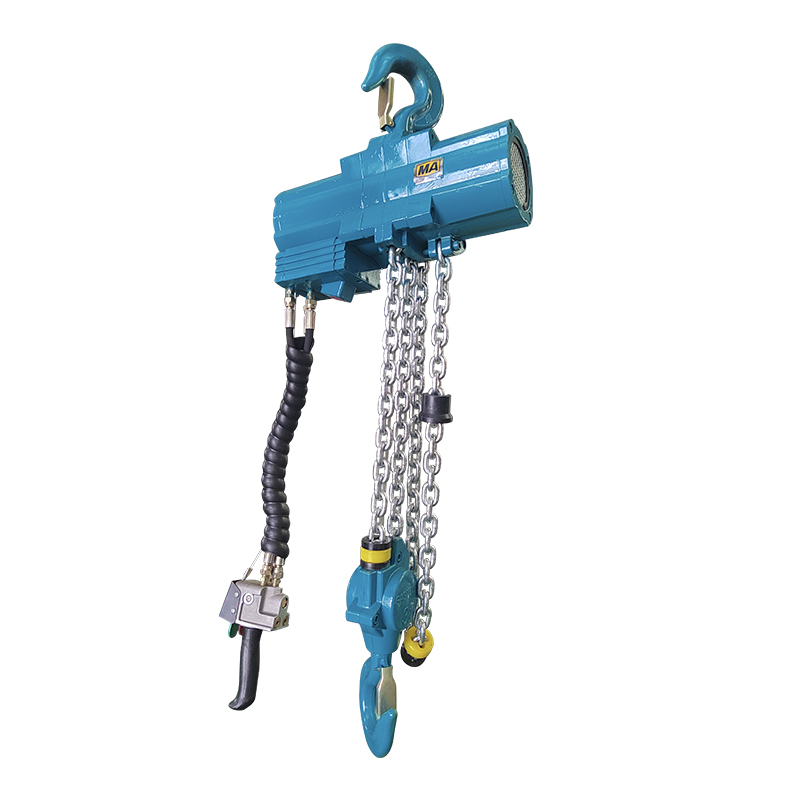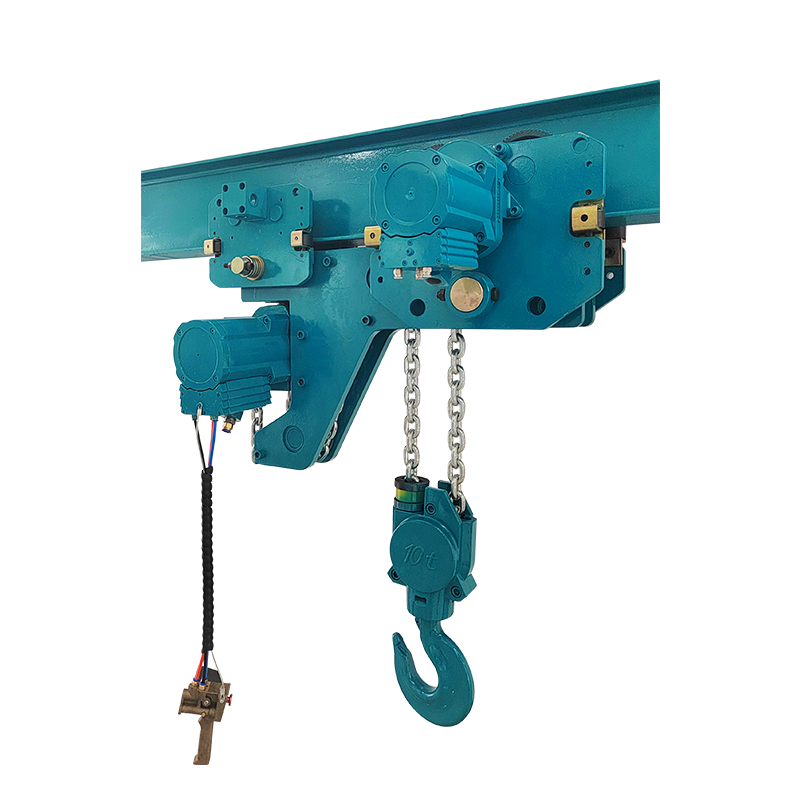Submit feedback
Pneumatic Piston Air Motors: Technical Analysis and Application Guide
 2025.09.08
2025.09.08
 Industry News
Industry News
In modern industrial production systems, the performance of power units directly determines the efficiency and stability of production processes. As a drive device using compressed air as its core power source, pneumatic piston air motors, with their unique technical characteristics and adaptability, are gradually replacing traditional power units and becoming a core power solution for many industries. Compared with electric and hydraulic motors, their adaptability to specific operating conditions, safety, and long-term cost advantages make them a key choice for technological upgrades in the industrial sector. They demonstrate strong competitiveness, especially in applications requiring the highest levels of equipment reliability and safety.
I. Technical Principles of Pneumatic Piston Air Motors: From Energy Conversion to Performance Assurance
The core technical logic of pneumatic piston air motors is based on the energy transmission and mechanical conversion of compressed air. Their entire workflow is centered around the two goals of "efficient energy utilization" and "stable power output." From a technical perspective, its core components include the cylinder block, piston assembly, crankshaft drive mechanism, valve control system, and sealing and protection system. These components work together to ensure efficient power conversion and continuous output.
When compressed air enters the motor, the valve control system precisely controls the timing and pressure of airflow distribution according to a pre-set operating program, evenly delivering high-pressure air to each cylinder chamber. This high-pressure air generates thrust within the cylinder, driving the piston in reciprocating motion. This linear motion of the piston is converted into rotational motion of the crankshaft through the coordination of the connecting rod and the crankshaft, ultimately generating power output. In this process, the precision of the valve system directly affects energy conversion efficiency. A high-quality valve design minimizes airflow loss, allowing more compressed air energy to be converted into effective power. It also reduces pressure fluctuations during motor operation, ensuring stable output speed.

Sealing technology is critical to the performance of pneumatic piston air motors. Because compressed air is prone to leakage, the motor's sealing system utilizes special, high-pressure, and wear-resistant sealing materials. This not only effectively prevents air leakage and energy waste, but also prevents external impurities from entering the motor, protecting core components from wear. Furthermore, the precise fit between the cylinder's inner wall and the piston reduces energy loss caused by mechanical friction, further improving the motor's overall operating efficiency and ensuring stable performance even under long-term, high-load operation.
II. Performance Advantages of Pneumatic Piston Air Motors: Core Competitiveness for Industrial Applications
When selecting industrial power systems, pneumatic piston air motors stand out due to their range of performance advantages suitable for complex industrial applications. These advantages make them a crucial support for efficient production for many companies.
Excellent safety performance is one of the core competitive advantages of pneumatic piston air motors. Because it's powered by compressed air, it eliminates the risk of sparks, high temperatures, and other hazards during operation. This allows it to operate safely and reliably in high-risk environments like the petroleum, chemical, and coal mines, where flammable and explosive gases or dust are present. This eliminates the need for complex explosion-proof equipment, reducing equipment costs and preventing accidents from occurring at the root. In contrast, traditional electric motors in these environments not only require significant investment in explosion-proof equipment but also carry the risk of accidents caused by electrical failures.
Environmental tolerance is also a key advantage. The pneumatic piston air motor's simple design and lack of complex electrical components allow it to adapt to a wider range of operating conditions, including temperature, humidity, and dust concentration. Whether operating in high-temperature metallurgical workshops, cold storage environments, or dusty construction sites, it maintains stable operation without performance degradation or failure due to environmental factors.
It also boasts strong resistance to electromagnetic interference, enabling it to operate normally even in strong electromagnetic environments such as power transmission and communication base stations. This characteristic gives it unmatched advantages over traditional power units in challenging environments.
Furthermore, low operating costs and ease of maintenance are key reasons companies choose pneumatic piston air motors. Their internal structure is primarily mechanical, resulting in a relatively small number of components, resulting in a far lower failure rate than electric motors with complex electrical systems or hydraulic motors requiring hydraulic oil circuits. Routine maintenance requires only regular inspections of sealing components and removal of impurities from the air passages, eliminating the need for complex repairs by specialized technicians, significantly reducing maintenance costs. Furthermore, core components are constructed from high-strength, wear-resistant alloys, resulting in a lifespan far exceeding that of traditional power units of the same power. This effectively reduces equipment replacement frequency, lowering equipment procurement costs and reducing downtime losses.
III. Pneumatic Piston Air Motor Selection Strategies: Key Points for Meeting Practical Needs
For businesses, selecting a pneumatic piston air motor that suits their production needs is crucial for ensuring efficient equipment operation and avoiding resource waste. Therefore, during the selection process, comprehensive considerations from multiple perspectives are crucial to ensure the selected equipment is perfectly aligned with the actual application scenario.
Power performance is the primary consideration during selection. Businesses should determine the power, torque, and speed parameters of the pneumatic piston air motor they require based on the load requirements, operating speed requirements, and continuous operating time of their production equipment. Generally, the output torque and speed of a pneumatic piston air motor are inversely correlated: greater torque corresponds to lower speed, and vice versa. Therefore, in low-speed, heavy-load production scenarios, high-torque motors should be preferred to ensure sufficient power for the equipment. In high-speed, light-load scenarios, high-speed motors can be selected to meet the equipment's operating speed requirements. At the same time, it's also important to pay attention to the motor's rated operating pressure to ensure it matches the pressure of the company's existing compressed air system. This can prevent insufficient motor power output due to pressure mismatches, which could impact production efficiency.

The structural type selection should be considered in conjunction with the installation and usage scenario. Pneumatic piston air motors are categorized into various structural types, including horizontal, vertical, and flanged, depending on the installation method. These motors differ in installation space, mounting methods, and applicable scenarios. Companies should select the appropriate structural type based on the installation space, layout, and operational convenience of their production equipment. For example, a horizontal motor with a compact size and flexible mounting options can be selected for equipment with limited space. On the other hand, a flange-mounted motor provides a more secure mounting position for large, fixed equipment, reducing vibration during operation and ensuring stable operation.
Auxiliary system support is also crucial. The proper operation of a pneumatic piston air motor depends on a stable compressed air supply system. Therefore, when selecting a model, consider compressed air purification, airway design, and control component support. Excessive moisture and impurities in compressed air can cause corrosion and wear on the motor's internal components, affecting its lifespan and performance. Therefore, appropriate air filtration equipment is necessary. The diameter and length of the air duct also affect the compressed air delivery efficiency. If the duct diameter is too small or the length is too long, excessive pressure loss will occur, reducing the motor's power output. Therefore, the air duct parameters must be appropriately designed based on the motor's air consumption and installation distance. Depending on the production process's control requirements for motor speed and power output, auxiliary control components such as pressure regulating valves and flow control valves are also necessary to precisely control the motor's operating status and meet the needs of different production processes.
As a high-performance, safe, and reliable industrial power device, pneumatic piston air motors play an increasingly important role in modern industrial production systems. Their excellent safety performance, strong environmental adaptability, and low operating and maintenance costs make them an ideal power source for many industries. With continuous technological innovation and expanding application scenarios, pneumatic piston air motors will provide even stronger support for enterprises to achieve efficient, safe, and cost-effective production operations in the future, driven by the trend of industrial automation and green production.


 English
English русский
русский Français
Français Español
Español 中文简体
中文简体 عربى
عربى
